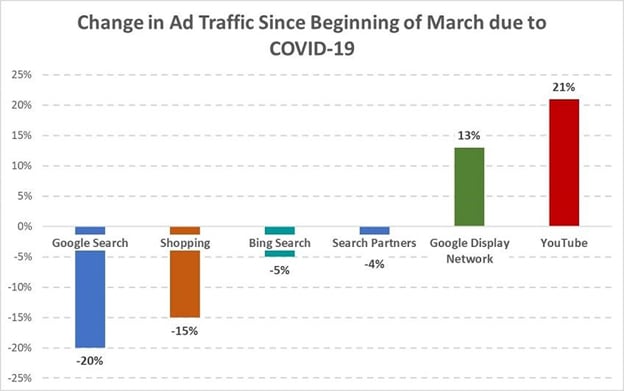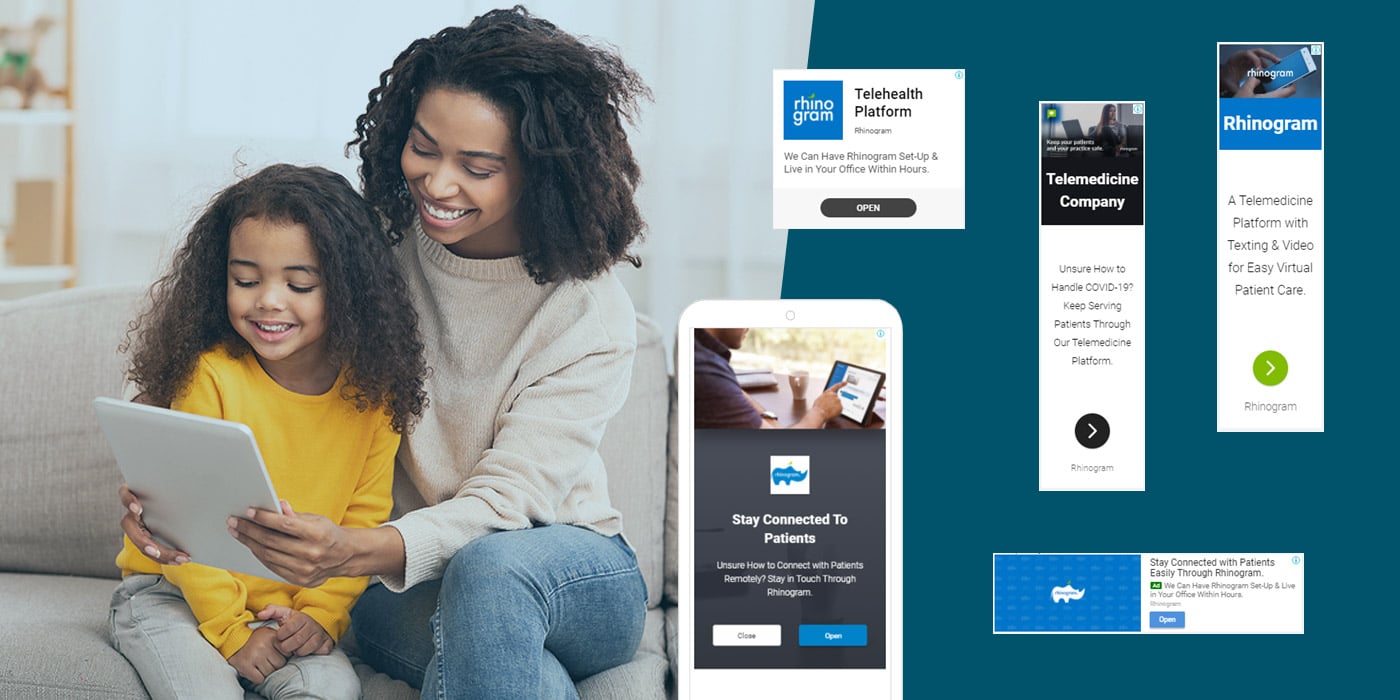

Rhinogram is an emerging telehealth company that began to shine in the virtual care space before the COVID-19 pandemic hit. In 2020, the sudden increased need for telehealth solutions gave Rhinogram the opportunity to meet the immediate needs of healthcare providers and their patients.
However, the pandemic also created a very competitive space among virtual care platforms, with the sudden growth in telemedicine demand quickly crowding the market with solutions. Heavy restrictions on advertising were put in place to prevent the spread of misinformation and limit those trying to profit off the misfortune created by COVID-19.
We knew that we had to pivot quickly and overcome the hurdles of the newly implemented (and unclear) advertising restrictions so that Rhinogram could serve the present needs of healthcare providers.
As a start-up, Rhinogram sought to solve a simple need: people want to text their healthcare providers.
A platform primarily focused on HIPAA compliant texting, Rhinogram improved provider workflow, while helping them provide a better patient experience. Through their system, patients don’t have to download an app or log into a platform, they simply text a number. This removed the cumbersome process of logging into health records, remembering passwords and checking back for results or a response. Now, they simply had to pick up their phone.
Rhinogram has many other capabilities that qualified the technology as a “telehealth solution,” but we started our strategy with a focused Google Ads campaign targeting texting capabilities only. This enabled them to use their limited marketing dollars on the searches where Rhinogram really had an opportunity to stand out from the competition based on their unique strength with patient and practice texting.
By the time the COVID-19 pandemic hit, Rhinogram was already in the process of adding video to their capabilities, making them fit to respond to the solutions providers were looking for in a telemedicine platform.
With this new offering and the increased need for virtual care, we quickly shifted strategies to advertise for telemedicine and virtual visit solutions right as there was a huge peak in interest across the country.

We were still challenged by Google’s increased regulation on advertising and the change in how people were using the Internet during quarantine. Through trial and error, we uncovered our limitations, created a compliant strategy, and had ads live within one day.
We knew that our strategy also had to shift to the change in Internet user behavior. With more people staying home, we saw a decrease in mobile use and an increase in desktop. The advertising industry also saw that people were spending more time browsing rather than actively searching, resulting in a 20% decrease in Google Search Traffic, a 13% increase in Google Display traffic and a 21% increase in YouTube traffic.

